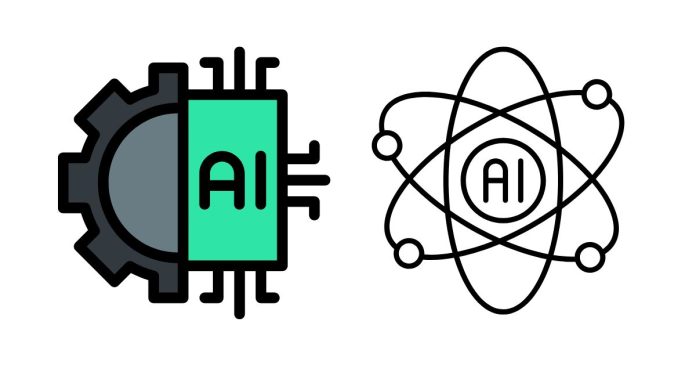In Artificial Intelligence (AI), an agent is an entity capable of perceiving its environment through sensors and acting upon it through actuators to achieve specific goals. Agents are central to the design and functionality of AI systems.
Key Characteristics of an AI Agent
- Perception: The agent receives information about its environment via sensors.
- Action: The agent acts on the environment via actuators or effectors.
- Autonomy: An agent can operate without human intervention by making decisions based on its goals and the perceived environment.
- Goal-Oriented: Agents are designed to achieve specific tasks or goals.
- Learning: Some agents have the ability to adapt and improve their behavior based on experiences.
Structure of an AI Agent
An AI agent generally consists of:
- Sensors: Tools or devices that help the agent gather data from its environment. Example: Cameras, microphones, or virtual inputs.
- Actuators: Mechanisms that allow the agent to interact with or affect its environment. Example: Robotic arms, displays, or sending network signals.
- Perception System: Processes raw input from sensors to interpret the environment.
- Decision-Making Unit: Determines the agent’s actions based on the current state and goals.
- Acting System: Executes the chosen actions through actuators.
Types of AI Agents
- Simple Reflex Agents:
- Behavior: Act solely based on the current percept.
- Example: A thermostat adjusts temperature based on the current reading.
- Limitation: Cannot handle scenarios requiring memory or historical context.
- Model-Based Reflex Agents:
- Behavior: Use internal models of the world to handle partial observation and track changes over time.
- Example: A self-driving car tracking nearby vehicles and road conditions.
- Goal-Based Agents:
- Behavior: Take actions based on achieving specific goals.
- Example: A GPS navigation system finding the shortest path to a destination.
- Utility-Based Agents:
- Behavior: Consider the best outcome by maximizing utility or happiness.
- Example: An investment bot selecting the best portfolio based on risk and return.
- Learning Agents:
- Behavior: Improve their performance over time by learning from experiences.
- Example: A recommendation system that adapts to user preferences over time.
Environment Types for Agents
- Fully Observable vs. Partially Observable:
- Fully observable: The agent has complete access to the environment’s state.
- Partially observable: The agent has incomplete information and must infer missing details.
- Deterministic vs. Stochastic:
- Deterministic: The outcome of actions is predictable.
- Stochastic: There is uncertainty in the outcomes.
- Static vs. Dynamic:
- Static: The environment doesn’t change while the agent is deciding.
- Dynamic: The environment can change during decision-making.
- Discrete vs. Continuous:
- Discrete: Limited, countable states or actions.
- Continuous: Infinite possibilities for states or actions.
- Episodic vs. Sequential:
- Episodic: Each action is independent of the previous actions.
- Sequential: Actions have long-term consequences.
Applications of AI Agents
- Autonomous Vehicles: Perceive road conditions and make driving decisions.
- Virtual Assistants: Understand user inputs and provide relevant responses (e.g., Alexa, Siri).
- Robotics: Perform tasks like assembly, cleaning, or exploration.
- Recommendation Systems: Suggest movies, products, or music based on user preferences.
- Game AI: Simulate intelligent behavior in video games.
Challenges
- Designing agents that handle uncertainty and incomplete data.
- Balancing between reactive (reflex) and deliberative (goal-oriented) behavior.
- Ensuring safety and ethical decision-making in real-world applications.
AI agents are foundational for creating intelligent systems that mimic human decision-making and problem-solving abilities across various domains.


